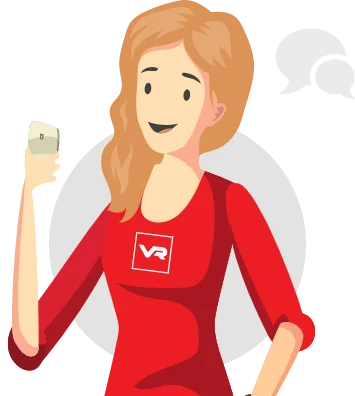Enjoy your VR Experience with WalkinVR
We make everything possible for people with motor disabilities
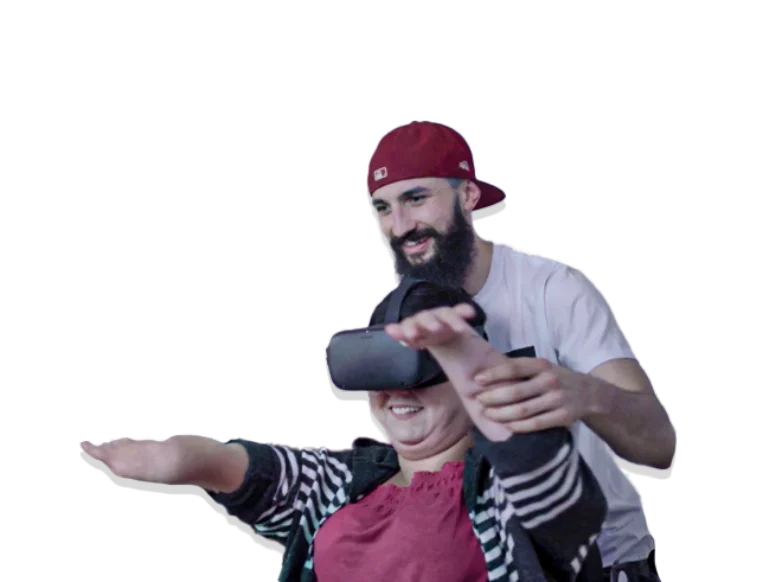
Adapting VR Games for People with Motor Disabilities
WalkinVR is the first ever VR software for people with motor disabilities
The VR (Virtual Reality) gaming market is made up of millions of gamers who indulge in the fun of entering Virtual Reality every day.
However, not all sections of society have always had the opportunity to participate in this fascinating pastime. Due to various physical body limitations, people with disabilities have not had the chance to fully enjoy and benefit from playing VR games. However, this is all changing thanks to modern and innovative solutions such as WalkinVR.
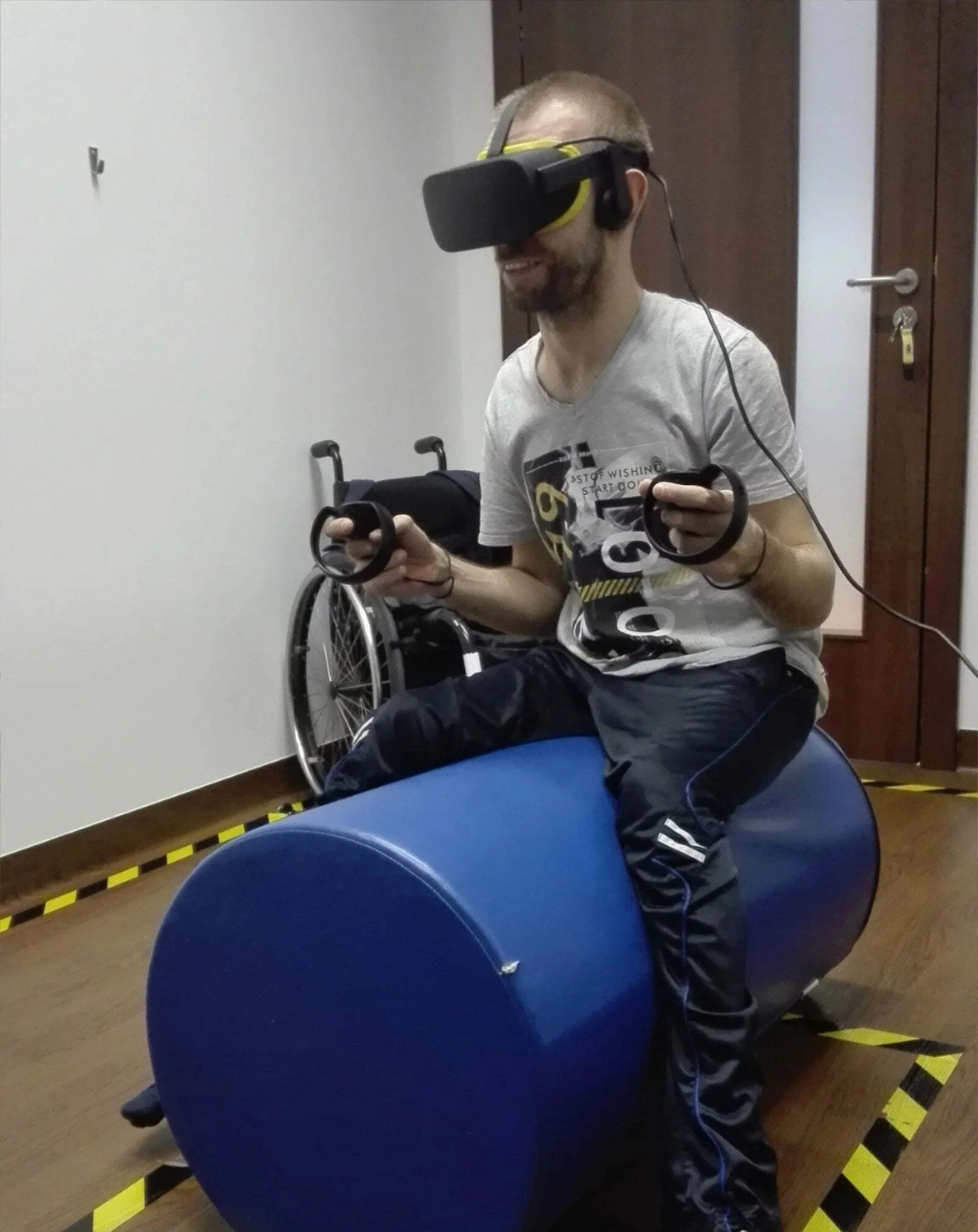
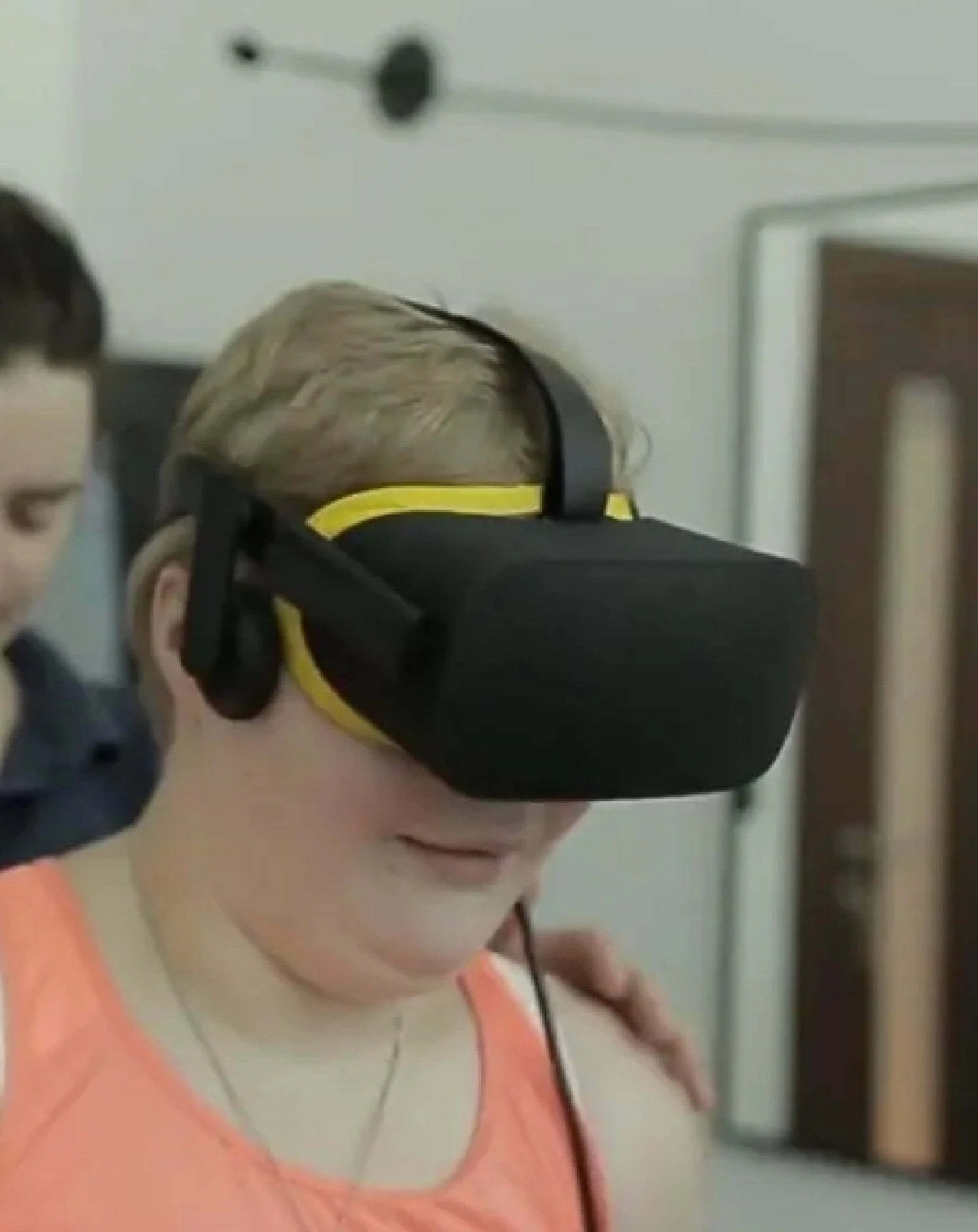




What is the WalkinVR software
for people with disabilities?
Simply put, WalkinVR is a computer program that allows many well-known and loved VR games to be adapted to the individual needs of people with mobility limitations. This gives everyone the opportunity to try their hand at this increasingly popular pastime.
The WalkinVR software is adapted to work on various VR hardware including Oculus Rift S, Oculus Quest 1 and 2, HTC Cosmos and Valve Index. In addition, it is necessary to have a PC-VR Ready, Kinect for gaming without controllers or Xbox Controller for assisted gaming. The minimum space needed to move freely in the virtual world is 2 by 3 square meters.
Who did we create the VR program for?
We are constantly working on new features for our software so that everyone can enjoy VR games regardless of their physical disabilities. WalkinVR can be used by people with limitations such as::
- cerebral palsy
- spine injury
- spinal muscular atrophy
- muscular dystrophy
- stroke
- wheelchair user
- spasticity
- impairment of hand function
- and many more.

WalkinVR has had the opportunity to diversify rehabilitation plans at foundations, hospitals, activity camps and other facilities that work with people with various types and degrees of disabilities on a daily basis.
VR for people with disabilities
opportunities for use
The games can take place with the assistance of another person (e.g. a physiotherapist), using suitably set controllers, and also thanks to Kinect hand tracking. WalkinVR can be used as an interesting and stimulating way of spending free time, but also as a form of physical activity diversifying regular rehabilitation.
With our software, people with mobility impairments can play such popular VR games as Beat Saber, Job Simulator, AudioShield, BoxVR, Fruit Ninja and many, many more.




Rehabilitation doesn’t have to be just a chore
possibilities of useage
People with physical disabilities are exposed to functional physiotherapy on a daily basis. Unfortunately, for not everyone, classes mean a real chance to improve their condition. Many people have to participate in physical activities for the rest of their lives to prevent their limitations getting worse. In these cases in particular, it can be difficult to maintain motivation and interest.
Adding virtual reality to rehabilitation for people with disabilities.
WalkinVR can help
Using VR games combines elements of professional rehabilitation necessary to maintain or improve fitness of a disabled person with what is best in games – fun. The rehabilitated person gets additional drive and motivation to exercise, because in virtual reality they overcome various obstacles, gain points and overcome their limitations. He/she moves to a world in which he/she can feel fully agile and capable.
Opportunities related to the use of virtual reality
for people with disabilities
WalkinVR is a chance for people with disabilities to join the gaming community and enjoy quality entertainment. Regardless of their limitations, they can feel fully capable and ready to experience amazing adventures in the virtual reality world.
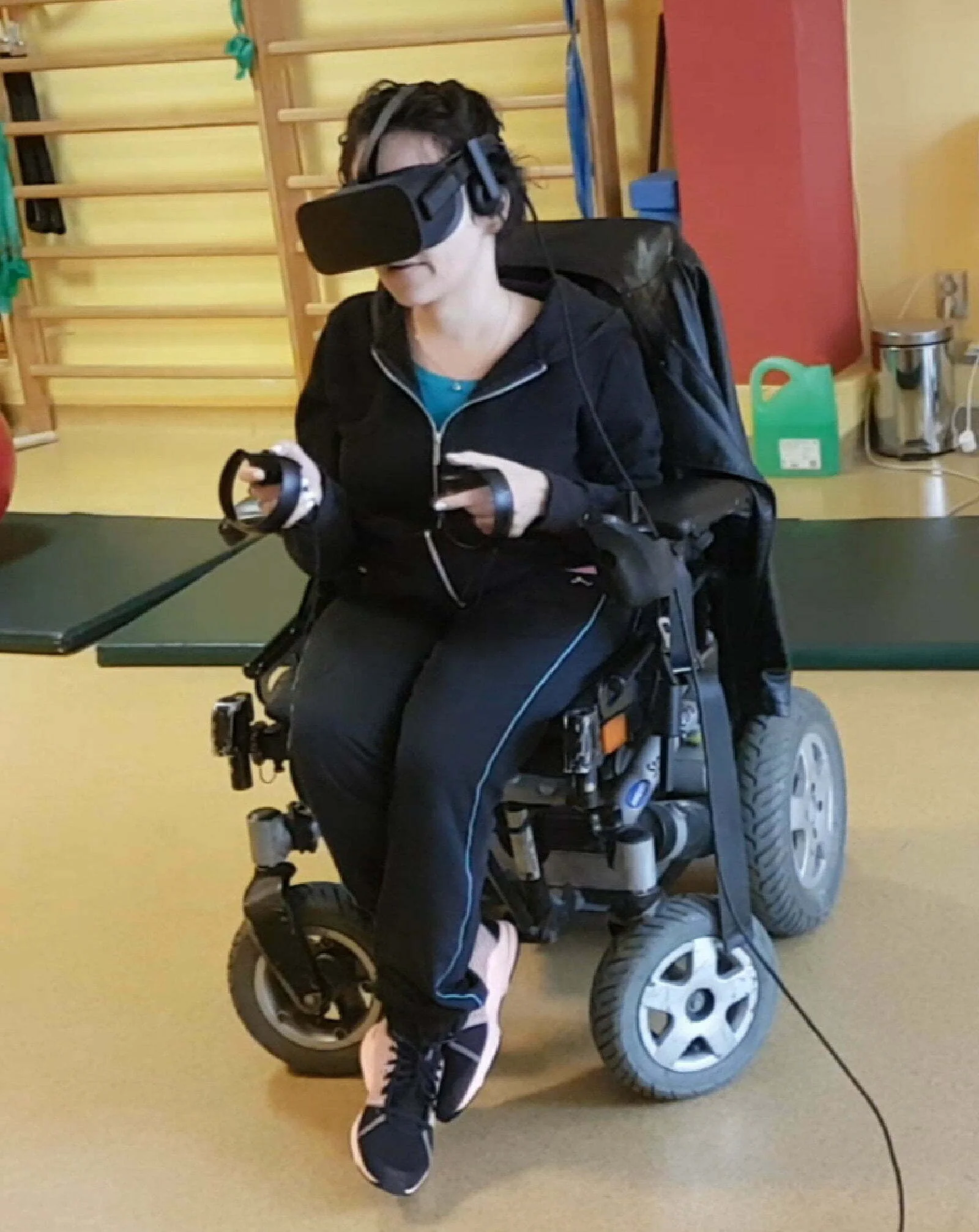
Recommendations
from patients and institutions
“A very good program for people with disabilities. Thank you to the developers for it. You are the only developers who thought about disabled people…”
“Incredibly powerful and useful. Gonna totally change the way I can play VR. So grateful for the developers of this!”
This software has made VR accessible for me and I can’t be more happy. Thank you so much to the geniuses who developed this, it is truly amazing. I can finally now play VR games despite the annoyance that is Muscular Dystrophy!
“Very useful, thank you”
To seamlessly use the facilities provided by the WalkinVR software, you will need:
- 64-bit processor and operating system (Intel® i5-4590 processor / AMD FX 8350 equivalent and Windows 10 operating system),
- 4 GB RAM,
- NVIDIA GeForce® GTX 970 / AMD Radeon™ R9 290 equivalent graphics card,
- 200 MB of available disk space,
- Valve Index / HTC Vive / Oculus Rift / Windows Mixed Reality goggles, Oculus Quest 1 and 2
- motion tracking controllers,
- Xbox Kinect controller,
- keyboard and mouse.
WalkinVR software allows you to play any VR game, so people with disabilities can explore previously inaccessible games. Whether a game is available in single player or team versions depends on the game in question, not our system.
There are age restrictions in VR games, which are imposed by manufacturers. On the market you can find games for both the youngest players and those over 18 years old.
We recommend that games should not last longer than 15-30 minutes.
It depends on individual predispositions. Most often the adaptation process takes a few minutes at most.
VR technology is completely safe for people with disabilities. Before playing VR games, it’s a good idea to consult with your health care provider to rule out any neurological contraindications. We also recommend that at least the first games take place under the supervision of an experienced physiotherapist.
Do you want to know the offer?
Write to us!
